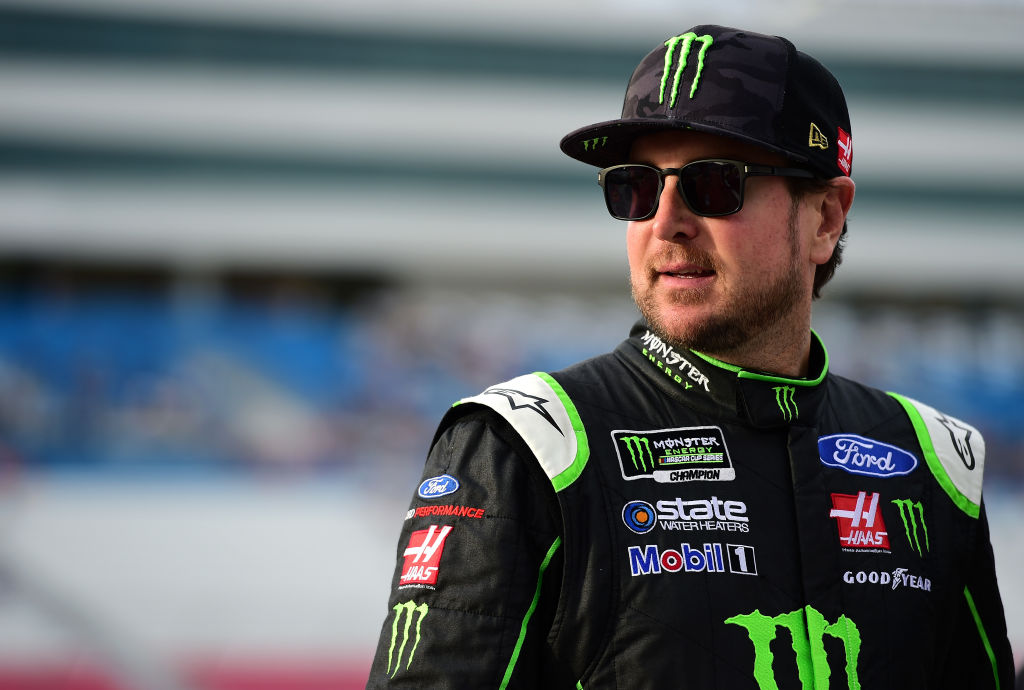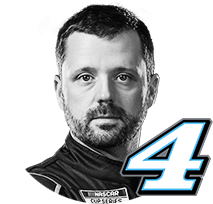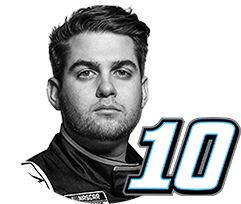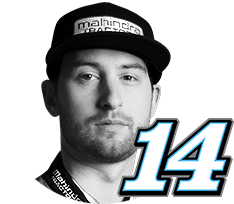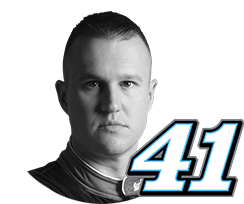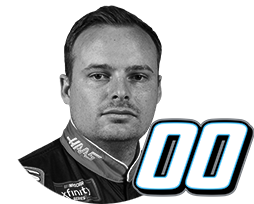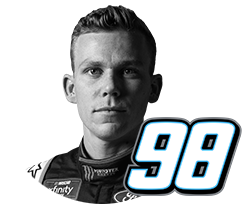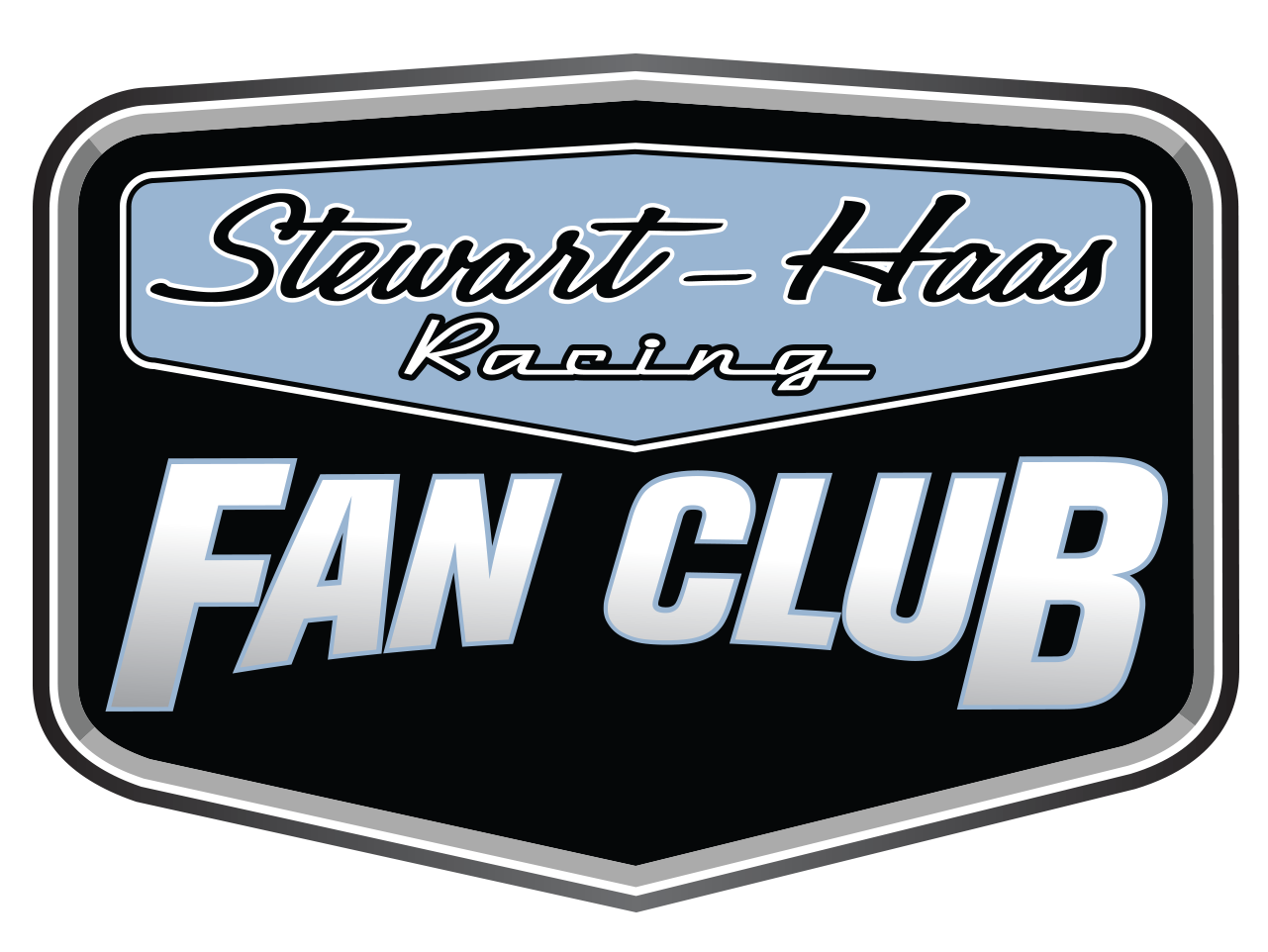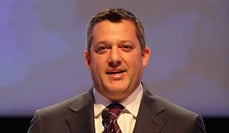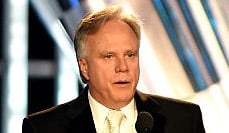Typically when a racetrack undergoes a repave or reconfiguration, officials from the Monster Energy NASCAR Cup Series will schedule an organizational test to give race teams the opportunity to gather information that will be used for the upcoming race.
Typically.
Texas Motor Speedway in Fort Worth underwent a complete repave and reconfiguration of its 1.5-mile oval that annually plays host to a pair of NASCAR Cup Series races, a process that began in January. The project featured a four-degree reduction of the banking in turns one and two to 20 degrees, and a 20-foot widening of the racing surface to 80 feet in those turns in an effort to create more passing opportunities.
It’s the second full repave since Texas Motor Speedway made its NASCAR debut in 1997, and the first since the summer of 2001. But the timing of this repave, which came during the winter between NASCAR’s November race and Sunday’s O’Reilly Auto Parts 500, meant that the project schedule was so tight that it didn’t leave time to hold a test session.
When an organizational test session is held, teams are permitted to run data-capturing equipment on their racecars that is not allowed during race weekends. Engineers are able to dissect aerodynamic data, engine data, miscellaneous mechanical data, tire data and more. That data is shared amongst the teams in-house, but is also implemented in simulators.
Simulation programs are used to help determine which setups to bring to the racetrack each week. Ford Performance, Stewart-Haas Racing’s (SHR) manufacturer partner, took that idea and ramped it up when it opened its Technical Support Center in Concord, North Carolina three years ago. Ford Racing teams are able to access a full-motion platform simulator that allows them to optimize their setups for individual track configurations, and for drivers to practice driving a track ahead of an upcoming race weekend. But, in order to gather the data needed for the simulator, track mapping and accurate tire data needs to be accessible.
So, this weekend, Kurt Busch, driver of the No. 41 Monster Energy/Haas Automation Ford Fusion for SHR, and the rest of the NASCAR Cup Series drivers will head into the weekend facing a great unknown. Their first laps on the track will be just that.
Fortunately for Busch, the last time he faced a situation like this was at Kentucky Speedway in Sparta just last year. The racetrack was repaved, underwent banking changes in turns one and two and a reduction in the racing surface in those turns. While there was enough time to hold a two-day organizational test, he was not among the drivers who participated. However, Busch was able to score a top-five finish in that race, his first at the 1.5 mile speedway, and in doing so earned top-five finishes at each of the active racetracks on the Monster Energy NASCAR Cup Series schedule.
Since opening 2017 by winning the Daytona 500 at Daytona (Fla.) International Speedway, Busch and his No. 41 team have struggled. They’ve been challenged by mechanical and handling issues alike. So as they head to Texas this weekend not knowing what they’ll face, they’ll hope to experience a similar result to the last time they were in this situation. And they’ll do it at a track where Busch knows how to get the job done.
Busch is a former winner at Texas, having visited victory lane during the track’s November race in 2009. He started that race third and led 89 laps en route to the win. In 28 career starts at Texas, Busch has finished in the top-10 a total of 15 times, including a ninth-place finish in this race last year. Busch hopes this is the weekend he’ll be able to bring home his second Texas win in NASCAR’s top series and get his 2017 season back on track.
KURT BUSCH, Driver of the No. 41 Monster Energy/Haas Automation Ford Fusion for Stewart-Haas Racing:
Talk about heading to Texas Motor Speedway this weekend with the unknowns that you will face.
“I think the trend in NASCAR is to keep all of us on our toes as much as possible, it seems like. Practice sessions here and there, moving things to the next day as a result of weather. To head into Texas with no formal tire test, no official track mapping, let ’er rip. This is new territory for our sport. I think it shows how much we’re having to adapt on the fly. Is it a good thing? A bad thing? It doesn’t matter. It’s what it is, and it’s unique the way we’re headed in there to go 215 mph with no track time.”

